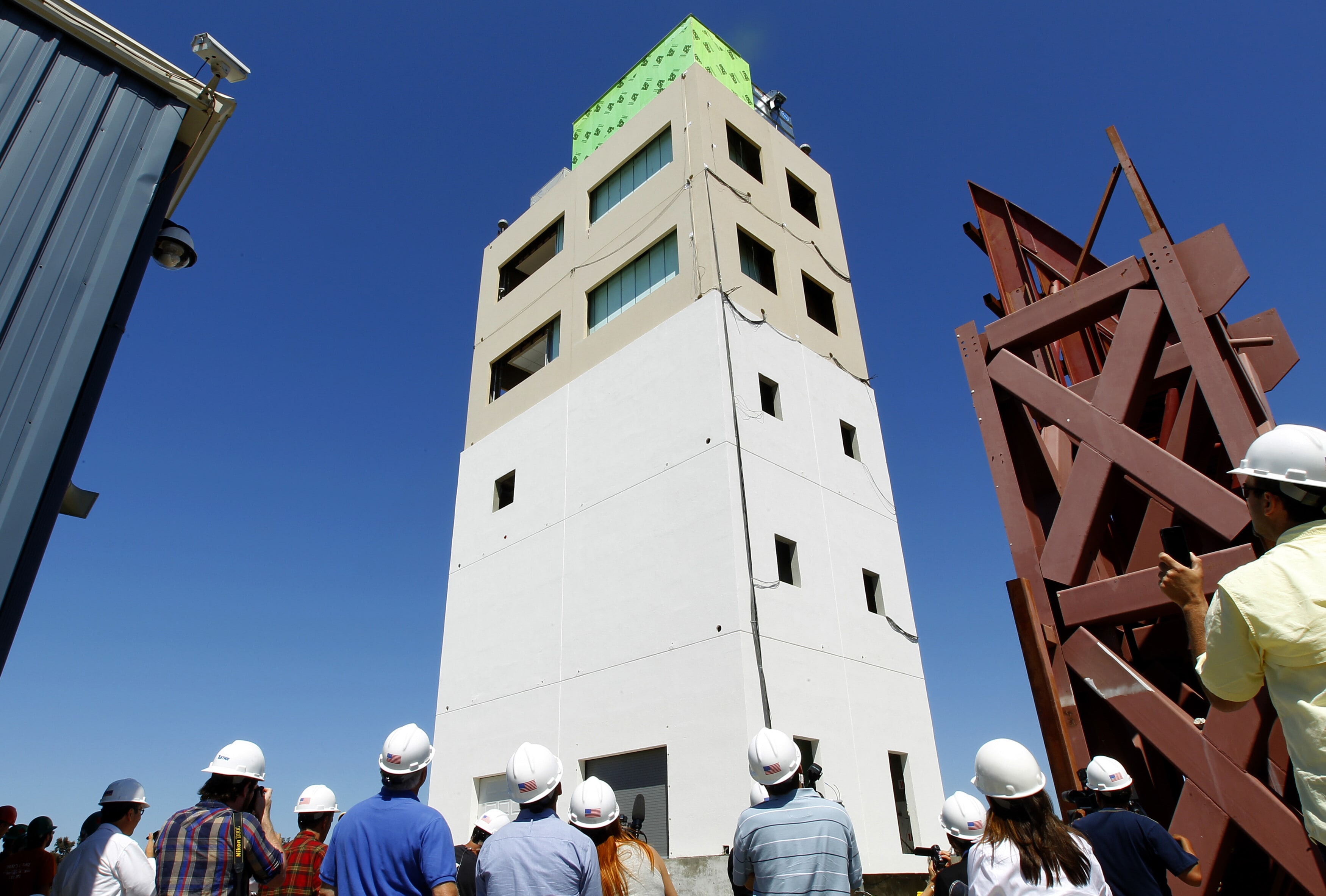The internet has changed how we grieve

Our digital footprint can live a lot longer than our real one. Image: REUTERS/Yuya Shino
People don’t die in the same way that they used to. In the past, a relative, friend, partner would pass away, and in time, all that would be left would be memories and a collection of photographs. These days the dead are now forever present online and digital encounters with someone who has passed away are becoming a common experience.
Each one of us has a digital footprint – the accumulation of our online activity that chronicles a life lived online through blogs, pictures, games, web sites, networks, shared stories and experiences.
When a person dies, their “virtual selves” remain out there for people to see and interact with. These virtual selves exist in the same online spaces that many people use every day. And this is a new and unfamiliar phenomenon that some people might find troubling – previously dead people were not present in this way.
Yet for some, these spaces have become a valuable tool – especially so for the bereaved. An emerging body of research is now looking at the ways the internet, including social media and memorial websites, are enabling new ways of grieving – that transcend traditional notions of “letting go” and “moving on”.
Forever online
A colleague and I first got interested in how deceased loved ones were being remembered online a few years ago. My particular interest at the time was in how suicides were being memorialised online and what motivated people to do this. I also wanted to know how these online memorials impacted people’s grief and the trauma of being bereaved by suicide – as well as how these online spaces changed over time.
Turning to social media for support when dealing with bereavement and the loss of a loved one helps mourners and others make sense of a death by talking about it. This helps to make it a much less isolating experience. It provides the bereaved with a “community of mourners”, or as one of our participants put it:
I’ve got 67 people in my life who I can share my grief with … and they all understand where I’m coming from.
For many mourners, the most important motivating factor seems to be the need to stay connected to the deceased and to “keep them alive”. And keeping a Facebook page going by actively maintaining the “in life” profile of the deceased, or creating a new “in memorial” profile, allows users to send private or public messages to the deceased and to publicly express their grief. In our research accounts of talking to the deceased on Facebook were common:
People go up [to his Facebook site] and put mementos on and they’ll say on Facebook, been to see you today Mark … yesterday I went up and I just chatted to him …
Now more than three-and-a-half years on … they write and say really miss you Mark or I’m doing this and it reminded me of you … he’s still being included in what his friends are doing.
The use of social media in this way goes some way towards answering the question of where to put one’s feelings – such as love, grief, guilt – after a death. And many people turn to the same sites to promote awareness raising and fund raising for various charities in memory of their loved ones.
Virtual living
In this sense then, keeping the deceased alive on Facebook is a way of working against loss. It illustrates how social networking sites are replacing traditional mourning objects – such as items of jewellery, clothing or gravestones – that are imbued with particular emotional resonance and which subsequently take on additional significance after the death.
Unlike sentimental objects, social media pages and online spaces allow people to explore grief with others from the comfort of their own home. Talking to people online can also help to free up some of the inhibitions that are otherwise felt when talking about loss – it enables forms of uncensored self-expression that are not comparable with face-to-face conversations.
So although the physical bond to a loved one may be gone, a virtual presence remains and evolves after death. And in this way, online memorial sites and social networking spaces help the bereaved to see how events in the past can continue to have value and meaning in the present and the future.
Don't miss any update on this topic
Create a free account and access your personalized content collection with our latest publications and analyses.
License and Republishing
World Economic Forum articles may be republished in accordance with the Creative Commons Attribution-NonCommercial-NoDerivatives 4.0 International Public License, and in accordance with our Terms of Use.
The views expressed in this article are those of the author alone and not the World Economic Forum.
Stay up to date:
Social Media
Forum Stories newsletter
Bringing you weekly curated insights and analysis on the global issues that matter.








